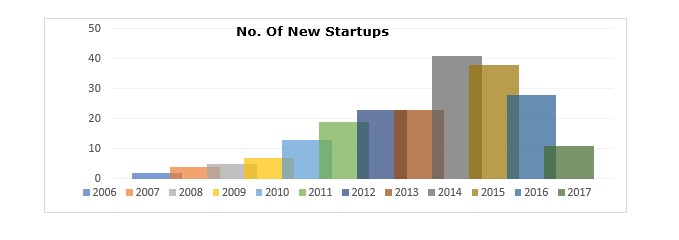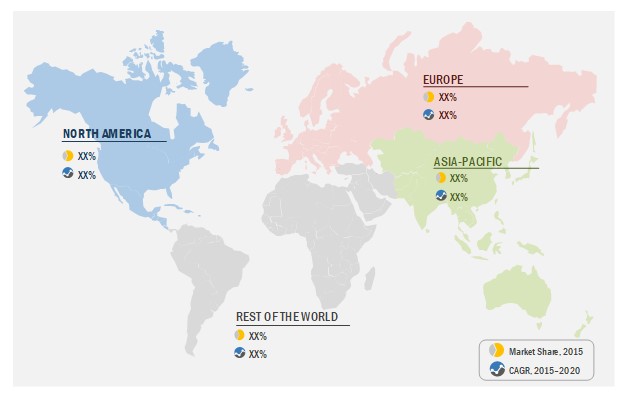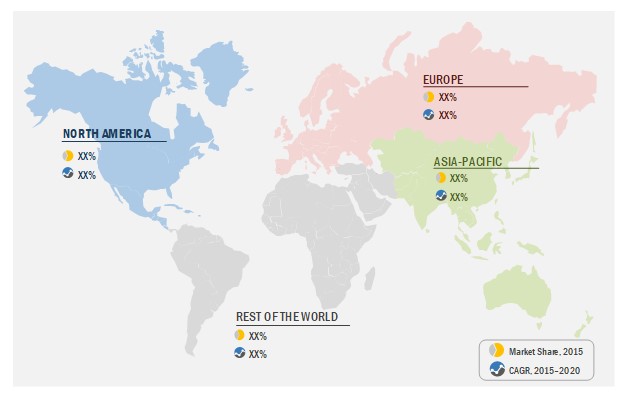AI in Healthcare: Global Market Analysis and Future Growth Trends
Overview of AI in Healthcare Market
Artificial Intelligence (AI) requires data mining approach as well as pattern recognition to medically diagnose the condition of a patient. Neural networks process information by recognizing patterns and data that has been previously loaded into the system. The AI in the healthcare market is expected to grow from USD ~2 billion in 2018 to USD ~36 billion by 2025, at a CAGR of ~50% during the forecast period. This is possible due to the competence of AI to recognize drug targets and help in drug design, discovery, identification, and screening of molecules instantly. Medical imaging, on the other hand, is one of the major application areas that has led to improvement in cancer and tumor diagnosis using AI. It is primarily based on pattern recognition that effectively works using deep learning technique.
The huge availability of big data, the growing number of cross-industry partnerships and collaborations is fuelling the growth of the AI market. In addition, demand to reduce the imbalance between the healthcare workforce and patients is further supplementing the growth of the AI in the healthcare market.
AI in Healthcare Market Opportunities

Leading companies in the AI in healthcare market are NVIDIA (US), Intel (US), IBM (US), Google (US), Microsoft (US), AWS (US), General Vision (US), GE Healthcare (US), Siemens Healthineers (Germany), Medtronic (US). The market has active participation of start-ups. A few emerging start-ups in the market are CloudMedx (US), Imagia Cybernetics (Canada), Precision Health AI (US), and Cloud Pharmaceuticals (US).

In 2015, there was a wave of 18 new doctor-facing companies resulting in a positive net increase of 6 companies. This balanced out the net decrease in the other main categories for a minimal decline in 2015 in terms of total new companies. Using the application called Machine vision which forms an integral part of Artificial intelligence, it is now possible to translate data and simulate human intelligence by using ADC (Analog to Digital Conversion) and DSP (Digital Signal Processing). Recent studies in the field of diagnostic AI include diagnosis of diseases like Alzheimer’s. Researchers at the University of California have reported that after analyzing over 1000 patients imaging data was translated that successfully predicted the presence of disease, six years prior to a physician’s diagnosis. Similar algorithms can be trained to identify protein lumps in the brain, abnormal cellular activities, and anomalies in the human system. This, in turn, would help intervene the disease at the much earlier stage.

North America accounted for the largest market share in the AI in the healthcare market in 2018. The wide-scale adoption of AI technologies across the continuum of care, especially in the US, is the key factor supporting the growth of the AI in the healthcare market in this region. APAC is expected to register the second-fastest growth rate as improving IT infrastructure, demand for affordable healthcare, and favorable government norms are expected to boost the growth of healthcare AI in the region.

